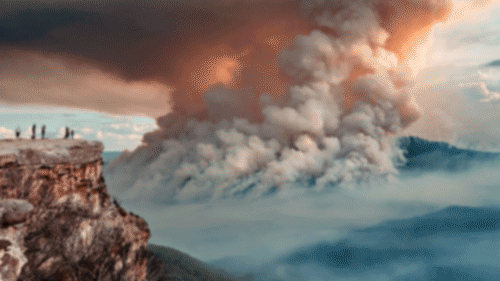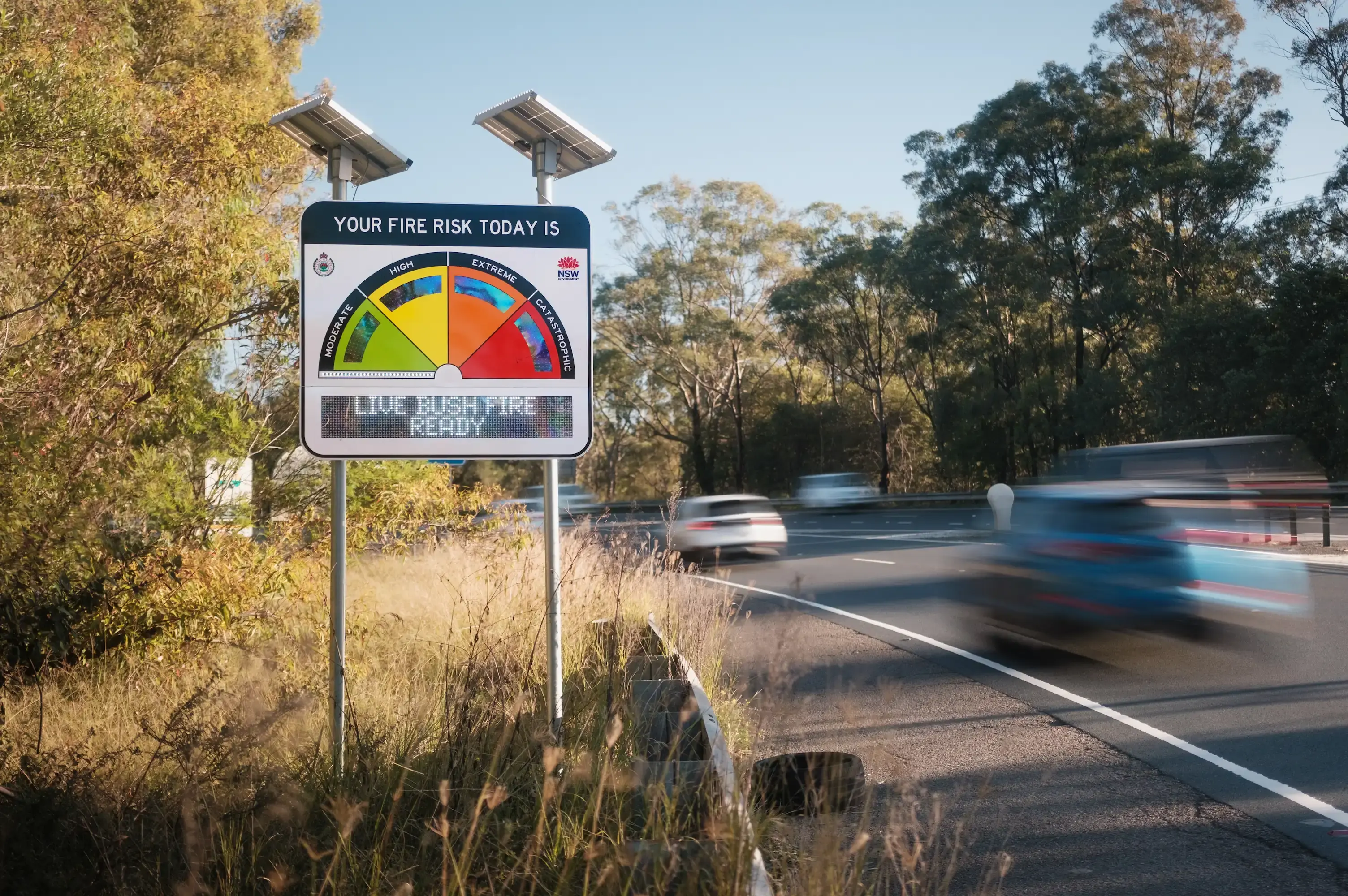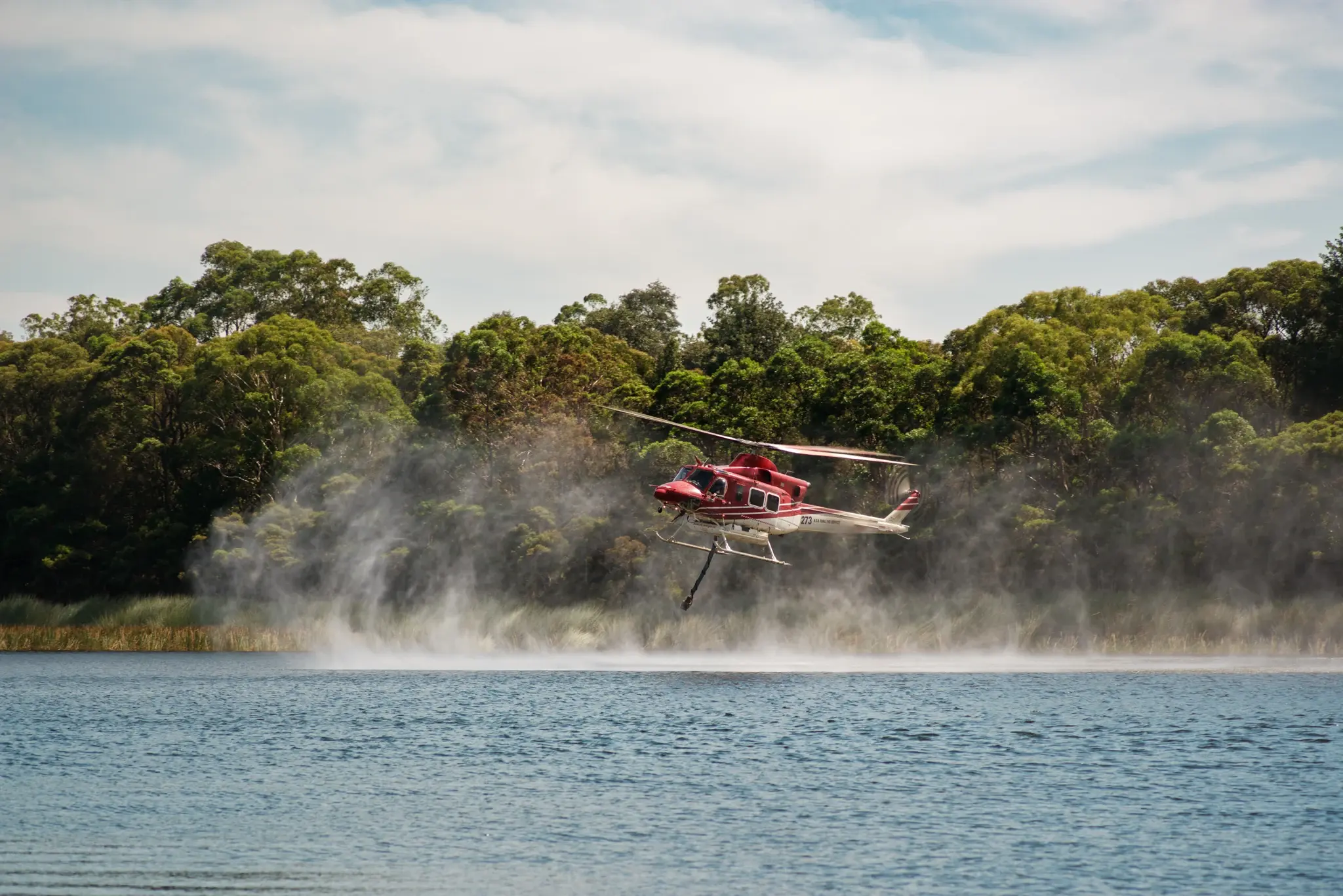
Sciences & Technology
More fires as our air gets thirstier

A new annual global assessment of wildfires warns that climate change has increased the risk of extreme fire weather by about 20 times in some parts of the world
Published 14 August 2024
Many Australians may look back on the 2019-20 Black Summer bushfires that tore through 8.1 million hectares in southeast Australia as a one-off, a singular disaster almost incomprehensible in its scale.
But what if our warming world means that wildfires like those four years ago are no longer exceptional?
A new global assessment of fire on Earth aims to assess the impact of wildfires – explaining their causes, our ability to predict them and their likelihood under continued climate warming.
The first edition of the State of Wildfires report takes stock of the world’s extreme wildfires during the 2023-2024 fire season.
For example, over the last 12 months, unprecedented wildfires in Canada and parts of the Amazon rainforest were at least three times more likely as a result of climate change, and contributed high levels of CO₂ emissions to the world.
The report, which will be published annually, was led by a team in the United Kingdom and features contributors from every fire-prone continent on Earth.
This includes us – as Australian co-authors and contributors.
For both of us, it has been a phenomenal undertaking, and a very timely one, given our warming climate and the close links between fire, climate and people.

Sciences & Technology
More fires as our air gets thirstier
Importantly, the study will provide us with regular international assessments of fires – a bit like the Intergovernmental Panel on Climate Change (IPCC) reports which give us important data on our warming climate.
Ideally, the State of Wildfires will help us make sense of extreme events and seasons, like the fires burning across North America, which Australian firefighters are currently helping to fight, or the fast-moving wildfires raging outside Athens.
Published in the journal Earth System Science Data, the report has found that carbon emissions from wildfires globally were 16 per cent above average, totalling around 8.6 billion tonnes of carbon dioxide.

If we look at the fires in the Canadian boreal forests, the emissions were more than nine times the average emissions from fires over the past two decades, contributing almost a quarter of our total global emissions.
If it wasn’t for a quiet fire season in the African savannahs, the 2023-24 fire season would have set a new emissions record.
As well as generating large CO₂ emissions, the fires in Canada led to more than 230,000 evacuations and eight firefighters losing their lives.
On top of this, we also saw an unusually high number of fires in northern parts of South America, particularly in Brazil’s Amazonas state as well as in neighbouring areas of Bolivia, Peru and Venezuela.

Environment
Facing the flames of complacency
These fires led to the Amazon region experiencing some of the worst air quality ratings on the planet.
Looking elsewhere around the world, there were individual wildfires that burned intensely and spread quickly in Chile, Hawaii and Greece that led to 131, 102 and 20 direct fatalities, respectively.
While these fires are just an example of the many on our planet, every fire had a significant impact on our society, the economy and the environment.
In fact, the lead author of this year’s analysis, Dr Matthew Jones, Research Fellow at the Tyndall Centre for Climate Change Research says “wildfires are becoming more frequent and intense as the climate warms, and both society and the environment are suffering from the consequences”.
The report found that climate change makes the chances of extreme fire events in Canada, the western Amazon area and Greece more likely.
Fire weather – which is characterised by hot, dry conditions – has shifted significantly in all three of these regions if we compare the risks to a world without climate change.
Climate change increased the risk of extreme fire weather by about 20 times in western Amazonia; it was four times more likely in Greece and three times more likely in Canada.

Sciences & Technology
How do we protect our unique biodiversity from megafires?
Dr Chantelle Burton, a senior climate scientist at the Met Office, the UK's national meteorological service has said “it is virtually certain – to borrow IPCC terminology – that fires were larger during the 2023 wildfires in Canada and Amazonia due to climate change”.
Under a mid-to-high greenhouse gas emissions scenario, extreme fire events like these will become more and more frequent by the end of the century.
According to Dr Douglas Kelley, a senior fire scientist at the UK Centre for Ecology & Hydrology “we urgently need to rapidly reduce greenhouse gas emissions and manage vegetation in order to reduce the risk and impacts of increasingly severe wildfires on society and ecosystems”.

While weather and climate are major drivers of fire activity and its impacts, fires interact with other important factors like vegetation, land management and ignitions from lightning and a range of human causes.
Untangling these factors can be complex, but the report used cutting-edge fire models to reveal the influence of these different components on extreme fire activity.
Dr Francesca Di Giuseppe, a senior scientist at the European Centre for Medium-Range Weather Forecasts points out that “in Canada and Greece, a mix of severe fire weather and plenty of dry vegetation reinforced one another to drive a major uptick in the number and extent of fires last year”.

Sciences & Technology
The burning of Australia’s nature
But she also adds that their analysis found that things like “suppression and landscape fragmentation related to human activities likely played important roles in limiting the final extent of the burned areas”.
The 2023-24 fire season was a mixed one here in Australia.
Because of the vast scale of savannah fires – and we’re talking about 84 million hectares burned in northen Australia last year – 2023-24 ranked among the top five years in burned area for Australia since 2002.
In the savannahs, grasslands, and shrublands of western and northern Australia fire activity was above-average, and so was the total area burned.

Other parts of the country also recorded high impact levels from fire activity.
For example, wildfires near Perth in Western Australia destroyed properties, while the Tara and Mount Isa fires in Queensland destroyed 65 homes and claimed two lives.
Down south, in Victoria, fires destroyed over 40 homes and injured five firefighters, while in New South Wales, forest fires caused widespread smoke-related damage.
This report is an annual wake-up call to the world – wildfires and their effects will be the lived reality for millions of people around the globe, reminding us of the close links between fire, the climate and people.